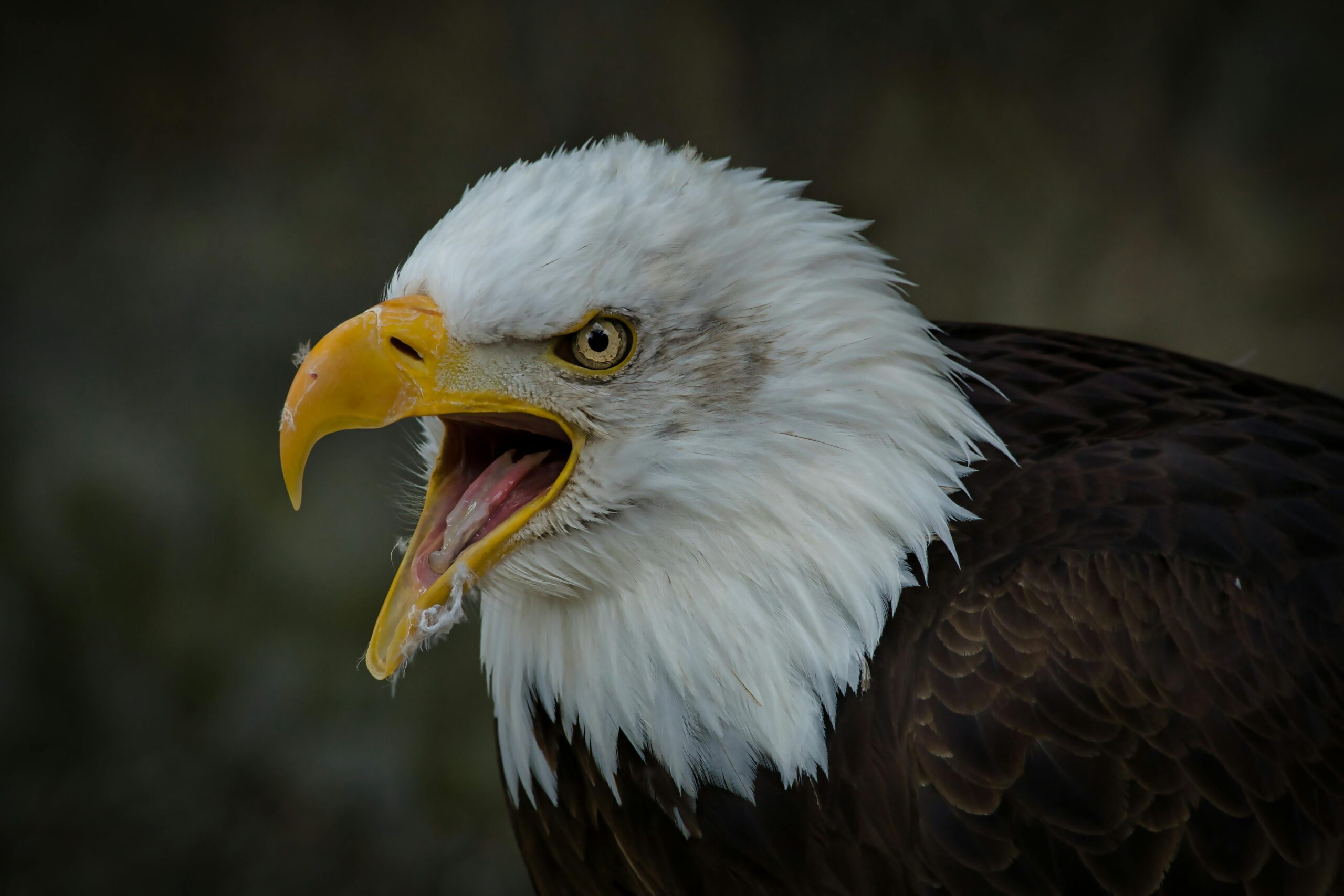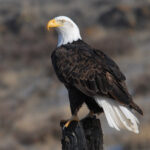Yes, bald eagles are present in West Virginia. The state’s first bald eagle nest was discovered along the South Branch of the Potomac River in 1981. Nest building in West Virginia typically occurs from December to February, with egg laying beginning in late January or February.
The Comeback of Bald Eagles in West Virginia
The bald eagle, once an endangered species, has made a remarkable comeback in West Virginia. In the 1960s, the bald eagle was on the brink of extinction due to the widespread use of pesticides like DDT, which caused the thinning of their eggshells and led to a significant decline in their population.
However, with the ban on DDT and conservation efforts, the bald eagle population has steadily increased over the years. The first confirmed breeding pair of eagles in New River Gorge National Park & Preserve established a nest in the winter of 2009-2010, and two eaglets hatched in March 2010.
Nesting Habits of Bald Eagles in West Virginia
 Image source: Pexels by Anrita Krause
Image source: Pexels by Anrita Krause
Bald eagle pairs share the responsibilities of building the nests, incubating the eggs, and feeding the young eaglets. Nests can grow to 5 feet in diameter, 3 feet in depth, and weigh several hundred to over one thousand pounds. In 2018-2019, a bald eagle pair in Shepherdstown, West Virginia laid three eggs, with one eaglet dying and the other two hatching.
Eggshell Thickness and Pesticide Poisoning
Eggshell thickness, which was affected by pesticide poisoning in the past, has returned to normal, and bald eagles are no longer threatened or endangered in the United States. This is a testament to the success of conservation efforts and the resilience of these majestic birds.
Threats to Bald Eagles in West Virginia
Despite the recovery of bald eagle populations, they still face several threats in West Virginia and across the country.
Lead Poisoning
One of the major threats to eagle populations in West Virginia and throughout the country is lead poisoning. This originates from lead bullets and sinkers that eagles often scavenge from the carcasses of deer and other wildlife. Lead poisoning can be fatal to eagles, and it is a significant concern for wildlife biologists and conservationists.
Habitat Loss
Another threat to bald eagles in West Virginia is habitat loss. As development and human activity encroach on their natural habitats, bald eagles may face challenges in finding suitable nesting sites and foraging areas.
Opportunities for Bald Eagle Viewing in West Virginia
Despite these challenges, bald eagles continue to thrive in West Virginia, offering exciting opportunities for wildlife enthusiasts to witness their majestic presence.
Bald Eagle Viewing Locations
Some of the best places to spot bald eagles in West Virginia include:
- New River Gorge National Park & Preserve
- Potomac Eagle Scenic Railroad
- Shepherdstown, West Virginia
These locations provide excellent opportunities to observe bald eagles in their natural habitat, whether it’s soaring high above the rivers and forests or perched atop a tall tree.
Conclusion
The bald eagle’s comeback in West Virginia is a remarkable conservation success story. While they still face threats like lead poisoning and habitat loss, these majestic birds continue to thrive in the state, offering wildlife enthusiasts the chance to witness their grandeur. By understanding the challenges they face and supporting conservation efforts, we can ensure that bald eagles remain a cherished part of West Virginia’s natural heritage for generations to come.


